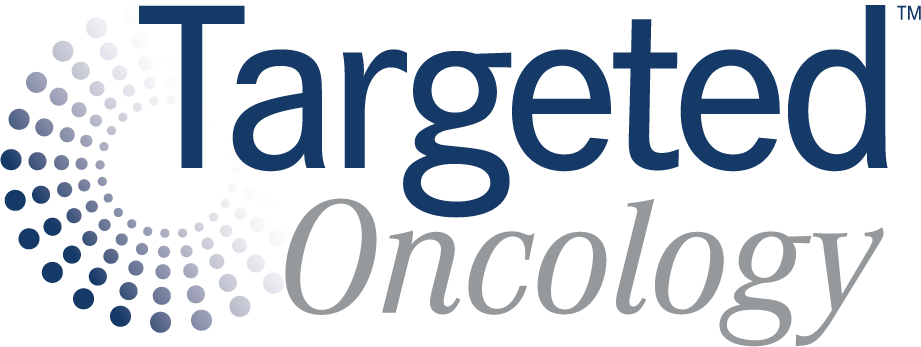Consistent Response, Durability Shown by Axatilimab Regardless of Prior Lines of Therapy in cGVHD
Axatilimab demonstrated consistent response and durability in chronic graft-versus-host disease, regardless of prior treatments, in a phase 1 AGAVE-201 trial analysis.
Carrie Kitko, MD

Clinical outcomes, including objective response rate (ORR) and durability, were consistent with the use of axatilimab (Niktimvo), regardless of the number of prior lines of therapy (LOT) that patients with chronic graft-versus-host disease (cGVHD) received, according to a post hoc analysis of the phase 1 AGAVE-201 trial (NCT04710576). The agent is a novel colony-stimulating factor 1 receptor (CSF-1R)–blocking antibody that targets monocytes and macrophages associated with cGVHD pathogenesis.
In particular, patients who received axatilimab immediately after a regimen of ruxolitinib (Rituxan) demonstrated rapid and durable clinical responses, according to a poster presented by Carrie Kitko, MD, and colleagues, during the 2025 Transplantation & Cellular Therapy Meetings.1 A greater understanding of how prior therapies can influence outcomes helps to develop personalized approaches for individual patients.
In AGAVE-201, patients were randomly assigned to receive either 0.3 mg/kg of axatilimab every 2 weeks (n = 80), 1.0 mg/kg of axatilimab every 2 weeks (n = 81), or 3.0 mg/kg of axatilimab every 4 weeks (n = 80).2
The primary end point was overall response, complete or partial, and the secondary end point was patient-reported decrease in cGVHD symptom burden.2 The most common adverse events (AEs) were dose-dependent transient laboratory abnormalities related to CSF-1R blockade. Axatilimab was discontinued due to AEs in 6.0% of patients treated with the 0.3-mg dose, 22.0% in the 1-mg dose group, and 18.0% in the 3-mg disease group.2
In the post hoc analysis, ORR, time to first response (TTR), sustained response rate (SRR) defined as proportion of patients with responses lasting over 20 weeks, and organ-specific responses were assessed by number of prior LOT and last therapy, such as ruxolitinib (Rituxan), belumosudil (Rezurock), and other therapies.
For all doses of axatilimab, ORRs were similar for patients whose best response to their last prior treatment was a complete or partial response (64.6%), no change (62.1%), and progression (62.5%). Investigators noted a slight increase in ORRs among patients who received a greater number of LOT. Among patients who received 2 LOT, the ORR was 51.4%; for 3 LOT, the ORR was 61.2%, and for 4 LOT, the ORR was 63.3%.
For patients who received 0.3 mg/kg of axatilimab, ORR for a complete or partial response was 63.3%, no change was 81.3%, and progression was 83.3%. Among patients who received this same dosage, those with 2 LOT had an ORR of 63.6%, 3 LOT had an ORR of 53.3%, and 4 LOT had an ORR of 82.4%.
In patients who received rituximab in last line of therapy (n = 68), the ORR was 61.8% with a median TTR of 1.9 months (range, 0.9-5.8) and an SRR of 43.0% (95% CI, 31%-55%). For patients who received belumosudil in last line of therapy (n = 34), the ORR was 50.0%, the median TTR was 1.9 months (range, 0.9-3.9), and the SRR was 26.0% (95% CI, 13%-44%).
Organ-specific responses to axatilimab were noted regardless of last prior therapy, and investigators reported a trend towards higher organ-specific response rates for those treated in their last LOT with rituximab compared with belumosudil. The sites or organs affected included the joints/fascia, mouth, lungs, eyes, and skin.
The median age for patients who received the 0.3 mg/kg dose was 50.0 years (range, 7-76); for all doses, the median age was 53.0 years (range, 7-81). The majority of patients were male, 58.8% and 62.7%, respectively, and the number of organs involved at baseline were the same, 8% for both.
Overall, the findings demonstrate the efficacy of axatilimab for steroid-refractory cGVHD after 2 LOT, including patients treated with rituximab as last LOT. The investigators cautioned that the small patient numbers and mixed treatment regimens may limit the interpretation of the data. Axatilimab was approved by the FDA on August 14, 2024,3 and efficacy was based on this pivotal AGAVE-201 trial.









